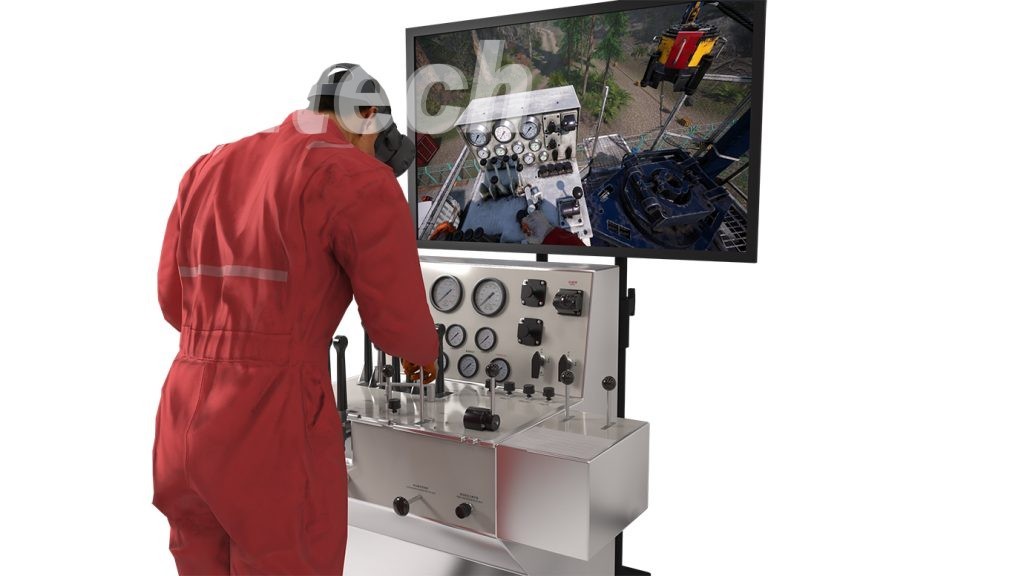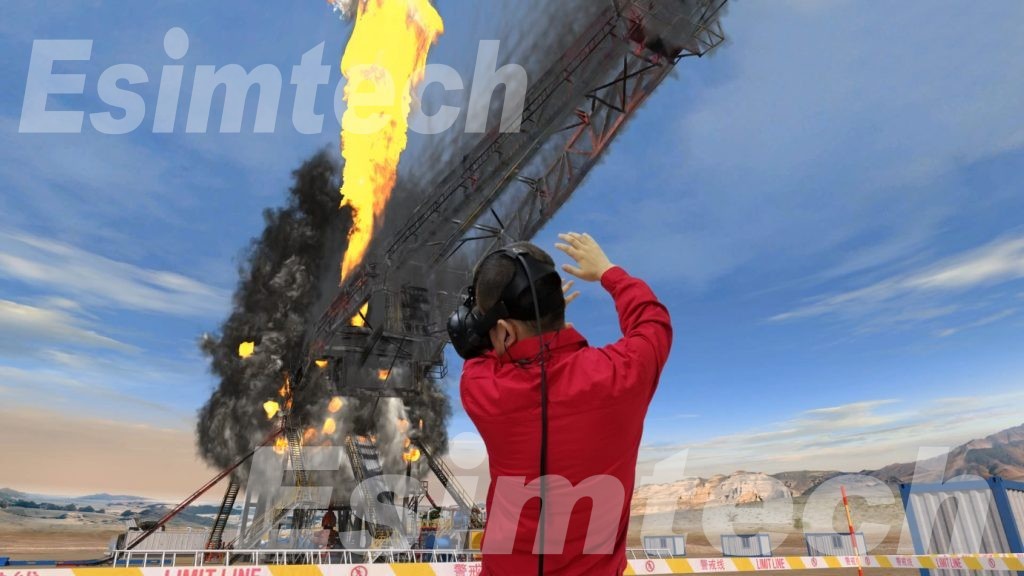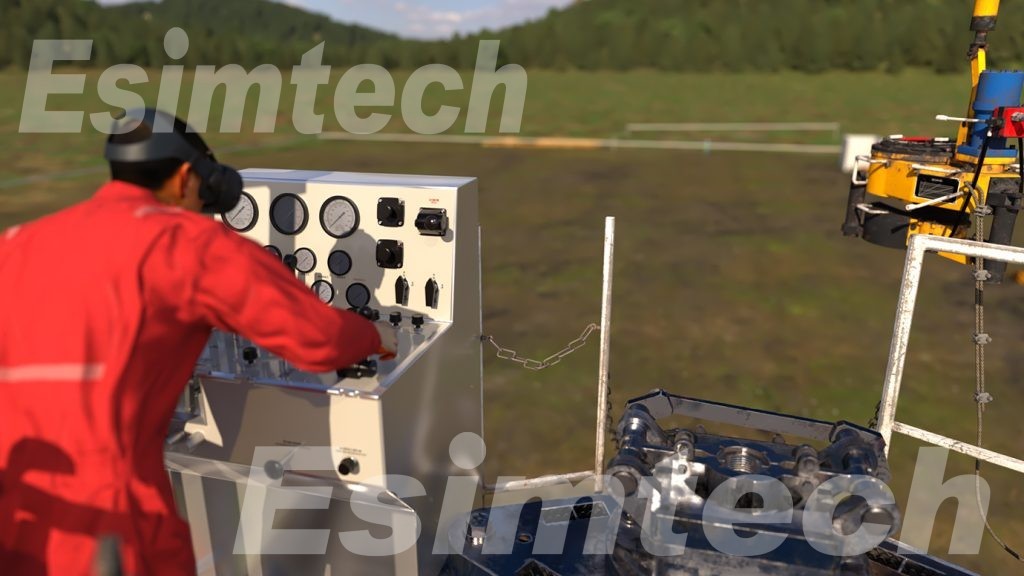Oil and Gas Animation: Powerful Educational Tool for Inspiring Young Minds in Petroleum Industry
The oil and gas industry has long been considered one of the cornerstones of global energy production. As we move towards a more sustainable and environmentally conscious future, it is crucial to educate the next generation about this vital sector’s challenges, innovations, and potential. Educational animation is a powerful tool in this regard, capable of sparking young minds’ interest and inspiring the pursuit of careers in oil and gas.

The Role of Oil and Gas Animation in Education
Current State of the Oil and Gas Industry Education
The current state of education in the oil and gas industry reflects evolving priorities and challenges. Key trends include a stronger focus on sustainability and environmental responsibility, technological advancements like data analytics and automation, adaptability to market conditions, and an interdisciplinary approach. Safety and risk management remain paramount, and efforts to enhance diversity and inclusion are ongoing. Online and remote learning options have gained prominence, particularly due to the COVID-19 pandemic.
Education in the sector is also influenced by changing regulations and is increasingly global in scope, with collaboration between educational institutions and industry players playing a crucial role. In essence, education in the oil and gas industry is adapting to address both industry and global challenges, preparing the next generation to contribute to a more sustainable energy future.
How Does Oil and Gas Animation Work in Education
Educational animation is a transformative tool that simplifies complex subjects and engages students in ways traditional teaching methods often can’t. In the oil and gas industry, where intricate processes and equipment can be challenging to understand, oil and gas animation excels at breaking down complex concepts.
Here’s how it works:
- Visual Learning and Engagement: 3D Animation caters to visual and auditory learners, making learning more enjoyable and accessible. In the oil and gas sector, it simplifies complex processes, making them easy to grasp.
- Simplifying Complex Concepts: Animation simplifies intricate topics, such as geological structures and equipment operation. It makes abstract ideas tangible, aiding student comprehension.
- Real-World Application: Educational animations are VR scenarios, prepare students for practical challenges in the oil and gas industry. They can practice safety procedures and decision-making in a safe, simulated environment.

4. Interactive Learning: Interactive animations let students actively engage with the material, promoting experiential learning. In the oil and gas sector, this is crucial for safety training.
5. Accessibility and Adaptability: Educational animations are accessible to learners of all backgrounds and easily updated to reflect industry changes.
In conclusion, educational animation empowers students to understand and engage with complex subjects, making them well-prepared for careers in the oil and gas industry.
How Oil and Gas Animation Inspire the Next Generation
Inspiring the next generation of professionals in the oil and gas industry is paramount for its sustainable future. Educational animation plays a pivotal role in achieving this goal.
- Educational Initiatives: Many educational programs are now using educational animations to introduce students to the industry’s complexities. These animations break down intricate processes, from drilling oil wells to offshore equipment operations, making them more understandable and accessible.
- Virtual Tours and Interactive Modules: Virtual tours of oil and gas facilities offer students an immersive look into the industry. These tours allow exploration of oil rigs and equipment, providing a relatable and appealing experience. Interactive modules that incorporate animation showcase the real-world relevance of STEM skills within the context of the oil and gas sector.

3. Partnerships with Educational Institutions: Collaborations between industry stakeholders and educational institutions lead to the development of educational curricula incorporating animation as a teaching tool. These programs ensure students receive comprehensive exposure to the oil and gas field, often leading to internships and mentorship programs.
4. Expanding the Talent Pool: Initiatives embracing diversity and inclusivity aim to attract students from diverse backgrounds. The industry recognizes that a wide range of perspectives and skills are essential for innovation and addressing challenges.
In conclusion, the oil and gas industry is actively engaging with young minds through educational animation and various initiatives. By making the industry more relatable and inclusive, these efforts are building a diverse and dynamic workforce that will drive progress and innovation in the sector.
Summary
Educational animation is a powerful tool for inspiring and educating the next generation of oil and gas professionals. By engaging students, dispelling misconceptions, and showcasing the industry’s commitment to environmental responsibility and innovation, animation paves the way for a brighter future in the oil and gas sector. Collaborations between industry stakeholders and educators will continue to drive progress, ensuring that young minds are prepared to lead the industry into a sustainable and prosperous future. The future of oil and gas lies in the hands of these inspired and well-educated young professionals.
